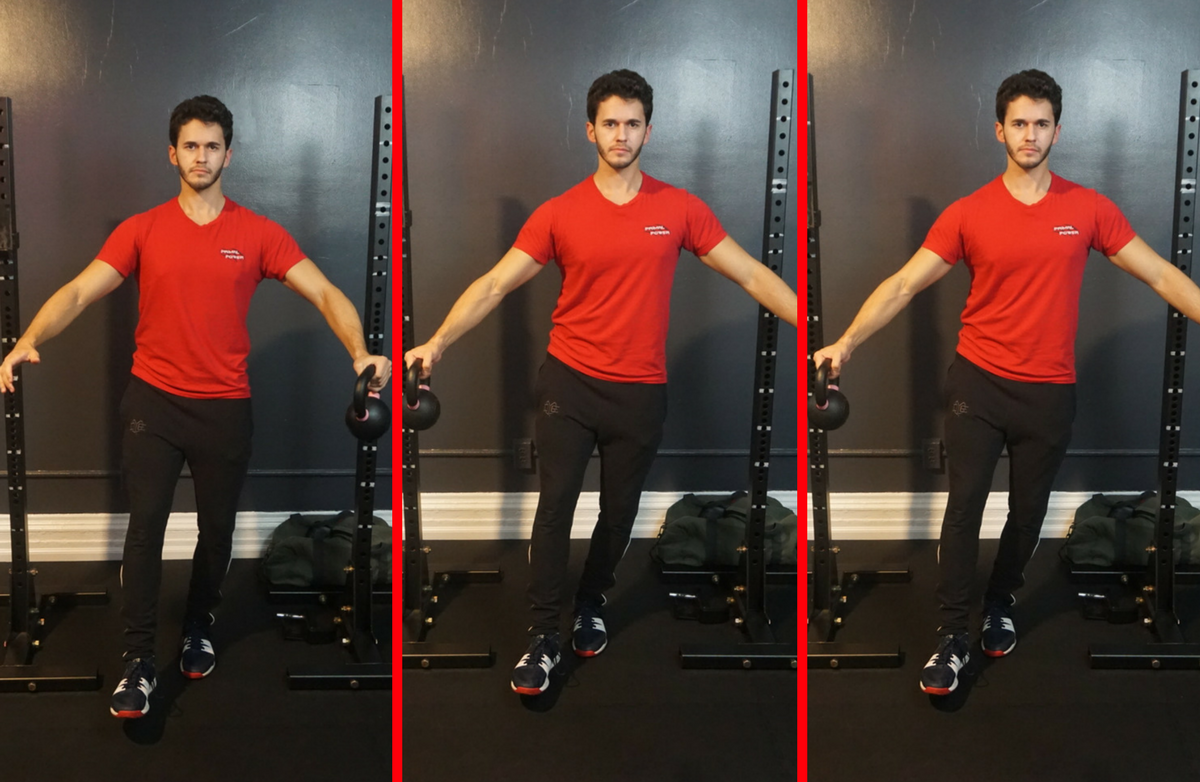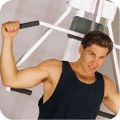Did you know there are more than 650 muscles in the human body? Yet, when it comes to strength training, most people focus on only a small fraction of the whole. Biceps, triceps, glutes, quads, abdominals, maybe some shoulders or hamstrings—these "A-list" muscles tend to get most of the love in the weight room, while other, less prominent parts of the body fly under the radar.
While it might seem smart to spend more time on the most visible areas—who doesn’t want perfect triceps when tank top season rolls around?—fitness trainer and physician Alex Robles with The White Coat Trainer says it’s important to train all of the major muscle groups evenly.
"Unfortunately, many trainees tend to focus a lot of time and energy on a handful of exercises, and thus, they wind up training the same muscles over and over," Robles says. "This can lead to neglect of other critical muscles, resulting in muscular imbalances, pain and injury."
To bring these neglected zones out of early retirement and into the workout rotation, start with these nine zones that experts say are most commonly ignored by their clients when strength training.
Neglected Muscle: Lower Posterior Chain
The posterior chain is comprised of the lower back, glutes, hamstrings and calves.
Fitness expert and personal trainer Julie Lohre works with many clients who suffer from back and neck pain, commonly caused by spending hours in front of a computer or by poor overall posture. "Most often, the problem lies not just in the upper back or shoulder muscles, but in the lower posterior chain," says Lohre. "While it’s great to strengthen the smaller upper back muscles, if you neglect the bottom half of your anatomy, you have only addressed half the problem."
Lohre recommends incorporating these exercises to help build and strengthen the lower posterior chain:
Hand-Release Pushups
"This is one of my very favorite exercises, not just for the erector spinae, but for the whole body," says Lohre.
- Begin in a strong plank position, forming a straight line from the ankles to the shoulders with your shoulders directly over your hands.
- While keeping your elbows tucked in at your sides, slowly lower down until your chest and thighs touch the ground.
- Lift up slightly through your lower back, bringing your hands off the ground and your chest up. Focus on using those erector muscles as the source of the lift and keep your scapula retracted.
- Repeat for 10 to 12 reps.
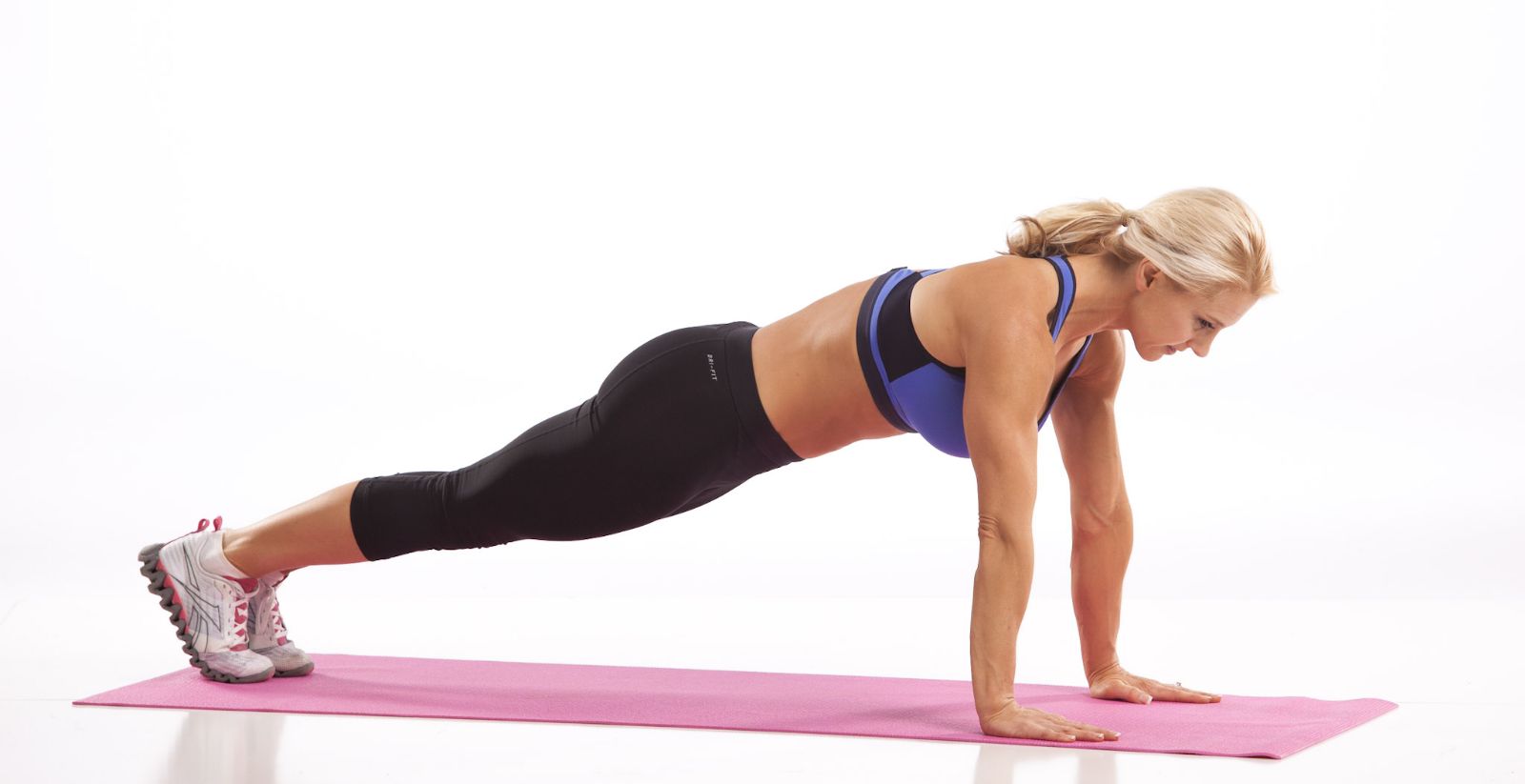
<pagebreak>
Plie Wall Squats
Lohre loves that this combination exercise activates the entire lower posterior chain, benefiting the glutes, hamstrings and calves while still supporting the lower back.
- Using a large stability ball, head to a sturdy wall and place the ball low at your glutes/lower back. Stand with feet wider than shoulder width and turn your toes outward.
- While keeping the lower back pressed into the ball, slowly lower down until your thighs are parallel with the ground.
- Press through your heels and maintain good posture with the ball supporting your back as you rise back up to the starting position.
- Repeat for 10 to 12 reps.
Lower-Half Supermans
This exercise activates the erector spinae muscles, along with the glutes and hamstrings, to support a strong lower posterior chain. "While a full Superman exercise can be a good option, I prefer the lower half Superman here, as it allows you to focus on bringing the legs up as high as possible and as one unit without balancing through the upper body," says Lohre.
- Begin lying flat on the floor, face down with your hands at your sides.
- Through engagement of the lower back muscles and glutes, lift from your feet through your thighs up off the ground.
- Squeeze your legs together and lift as if there is a string attached to your ankles and they are being pulled up toward the ceiling. Hold this position for five to 10 seconds before returning back to the ground.
- Repeat for 10 to 12 reps.
Neglected Muscle: Obliques
Everyone would like to have a nice six-pack, but they often forget that their abdomen is composed of multiple muscle groups. "The oblique is an important muscle that helps stabilize the spine and aids in the prevention of lower back pain," says Robles. He recommends training the obliques using isometric exercises rather than moves that require excessive rotation of the spine, as those can lead to injury.
Waiter Carry (video)
- Pick up a dumbbell, lift it up to your shoulder and then carefully hoist it overhead until your arm is straight with a soft bend in your elbow.
- Keeping your arm up, focus on engaging your oblique as you walk in a straight line across the room.
- At the end of the room, turn around and switch the weight to the other hand. Walk back to the starting point.
- Repeat eight to 12 times.
- If you have shoulder issues, you can modify with the Suitcase Carry, where the weight is held down at your side while walking.<pagebreak>
Neglected Muscle: Hamstrings
As Robles points out, most of the neglected muscles are on the posterior side of the body, which can’t easily be seen when looking in a mirror. The quads tend to get more attention than the rear-facing hamstrings, which can result in muscular imbalances that cause knee pain and discomfort. Robles recommends doing hamstring-focused exercises at least once a week.
Romanian Deadlift (video)
- Start in a standing position holding a barbell or two dumbbells.
- Bend down toward the floor from the waist, keeping the legs as straight as possible. This removes the quadriceps from the exercise, forcing the hamstrings to do most of the work.
- Return to standing and repeat eight to 12 times.
Neglected Muscle: Gluteus Medius
One of the three muscles that makes up the glutes, the gluteus medius is responsible for hip abduction, which keeps the hips externally rotated. "For those of us who spend the day with our legs crossed, our hip adductors can often become very strong, weakening our gluteus medius," explains personal trainer Sarah Harradine. "If your knees cave in when doing a squat, then it's this muscle that needs to work harder."
The movements that work this muscle are highly targeted and usually involve lateral movement.
Banded Crab Walk (video)
- Place a small mini band over or under your knees.
- Go into a quarter squat.
- Take eight steps to the left, then eight steps to the right, staying low in your squat throughout the movement.
- Repeat five times.
Side-Lying Clams (video)
- Lay on your side with knees bent at 90 degrees and the hips stacked over each other.
- Open the top knee until you feel the gluteus medius work. This won't be very far if you're doing it right, so if you have to open your knee wide, ask a friend to check that your hips are properly stacked.
- Perform eight reps on each side for five sets.
Cable Side Raise (video)
This is a little more difficult, as it also challenges your balance. If you're not holding onto anything, it will work the standing leg, too.
- Using the foot attachment of the functional trainer/cable machine in the gym, add a small amount of resistance.
- Stand to the side and place your outside foot in an ankle strap.
- With soft knees, lift your outside leg laterally, to the point where you feel the gluteus medius working.
- Perform up to five reps, or for as long as you can maintain excellent balance and form.<pagebreak>
Neglected Muscle: Serratus Anterior
Wrapping around the side of the rib cage, the serratus anterior is often called the "boxer's muscle" because it allows you to extend your reach beyond just the length of your arm. When you reach for a faraway object and feel your entire shoulder move forward, that's the serratus anterior working. A strong serratus anterior also helps you maintain good posture.
"These guys are often neglected because we don't perform pushing exercises to the full range of our shoulder," says Rui Li, a personal trainer based in New York City. She recommends trying this exercise to show the serratus anterior some love.
Planks with Shoulder Protraction
- Get into a plank position (either high on your hands or low on your forearms), with your body in a straight line and your weight on your toes.
- Focus on pulling your shoulder blades (scapulas) apart and your spine up toward the sky, then pull them back together. This will activate the serratus anterior.
- Continue to pull them apart and back together for eight to 12 reps.
Neglected Muscle: Rhomboids
Another muscle group that is often neglected are the muscles of the upper back, primarily the rhomboids. "Trainees generally focus on vertical pulling exercises, such as pull-ups and lat pull-downs, and forget to train horizontal pulling exercises," says Robles. "This can lead to an imbalance between the lats and the rhomboids, which can also contribute to shoulder pain." Robles recommends targeting the rhomboids at least twice a week.
Bent-Over Rows (video)
- Start from a standing position holding a barbell or dumbbells in front of you, with your palms facing up.
- Hinge forward at the hips and bend your knees slightly, with your arms extended in front of you. This is your position.
- Pull the bar or weights up toward your waist, keeping your elbows close to your sides and pointed behind you.
- Release the weight back and repeat for eight to 12 reps.<pagebreak>
Neglected Muscle: Traps and Upper Back
When it comes to upper body workouts, Exercise.com trainer Tyler Spraul says most people tend to focus primarily on "pushing" exercises—push-ups, bench presses, overhead presses and dips—because they develop the muscles that are easiest to see.
"Since your back is not something you usually check in the mirror, you might only focus on back exercises once a week, leaving you significantly weaker on your back side compared to your front side," says Spraul.
To work the often-neglected trapezius muscles—the large triangular muscles that span the upper back, shoulders and neck—he recommends trying these two exercises.
Resistance Band Pull-Apart (video)
- Grab a resistance band with both hands and raise your arms straight out in front of you, with palms down toward the floor and fists touching.
- In a slow and controlled motion, pull the band apart until your arms are stretched out to your sides in a "T" shape.
- Reverse the motion back to the start, which completes one rep.
- Try to keep your ribs tucked down and tight from start to finish.
- Repeat for eight to 12 reps.
Face Pull (video)
- Set up with a resistance band or rope attached to a cable machine set to be level with your head or slightly higher.
- Grab the rope or band with both hands and pull it back toward your face until it looks like you're flexing both biceps.
- Try to pinch your shoulder blades together on your back at the end range, then return to the start to complete one rep.
- Repeat for eight to 12 reps.
Neglected Muscle: Calves
Personal trainer James Shapiro with Primal Power Fitness sees a lot of clients neglect their calf muscles, assuming they’re not essential. "Imagine if you were a car. Would you want to drive your Ferrari engine knowing your wheels and tires are bad? That’s the way you should think of your calves," he says.
Standing Calf Raise
- Stand facing a wall or the back of a chair and lightly hold onto it with your fingertips to aid balance. Legs should be shoulder-width apart and straight. Do not lock knees.
- Raise up on the balls of the feet and hold for two seconds.
- Return to starting position and repeat for eight to 12 reps.
- Try not to let your heels touch or rest on the ground between repetitions.
- As you progress, use one foot at a time.
Single-Leg Weight Transfer
- Hold a light kettlebell in one hand.
- Choose a leg to work on and keep the other foot slightly off the ground.
- Try to transfer the weight gently from one hand to the other without losing balance. Pass it back and forth from eight to 12 times.
- Switch your weight to the other foot and repeat the exercise sequence.
<pagebreak>
Neglected Muscle: Rotator Cuff
Out of the hundreds of clients that fitness trainer Ross Steiner works with, he says the most commonly neglected muscle group is the rotator cuff, which is the group of muscles and tendons around the shoulder joint.
"While training shoulders is a common practice among gym goers, some of the most common exercises can eventually lead to shoulder injury," he says. In his practice, Steiner uses these shoulder stability exercises to strengthen the rotator cuff and help prevent injury.
External Shoulder Rotation with Resistance Tubing (video)
"This drill executes concentric, eccentric and isometric activation throughout a full range of motion," says Steiner.
- Secure the band to a column or any sturdy bar at chest height. Stand parallel to the band, holding the band with your outside arm.
- With good posture (shoulders back, core engaged), make sure to keep your elbow at your side.
- Think about a pin holding your elbow at your rib cage while you rotate your arm out—the starting position is hand at your belly button and ending position is hand outside of your waist.
- Make sure not to use your traps to accomplish this motion and try to keep the shoulders from creeping toward the ears.
- Repeat for eight to 12 reps.
Bear Crawl (video)
"Bear crawls are an excellent drill that focuses not only on hip mobility and core stability, but also shoulder stability," Steiner notes. "We focus on a multi-directional approach incorporating forward, backward and lateral crawls into our warm-ups."
- Start on your hands and knees, with your hands right under shoulders, knees under hips and toes tucked under.
- While keeping your spine in a neutral position, lift your knees from the ground an inch and start "crawling" forward, backward or sideways with the opposite arm and leg.
- Keep your core and shoulders engaged while you move forward eight to 12 "steps."
|

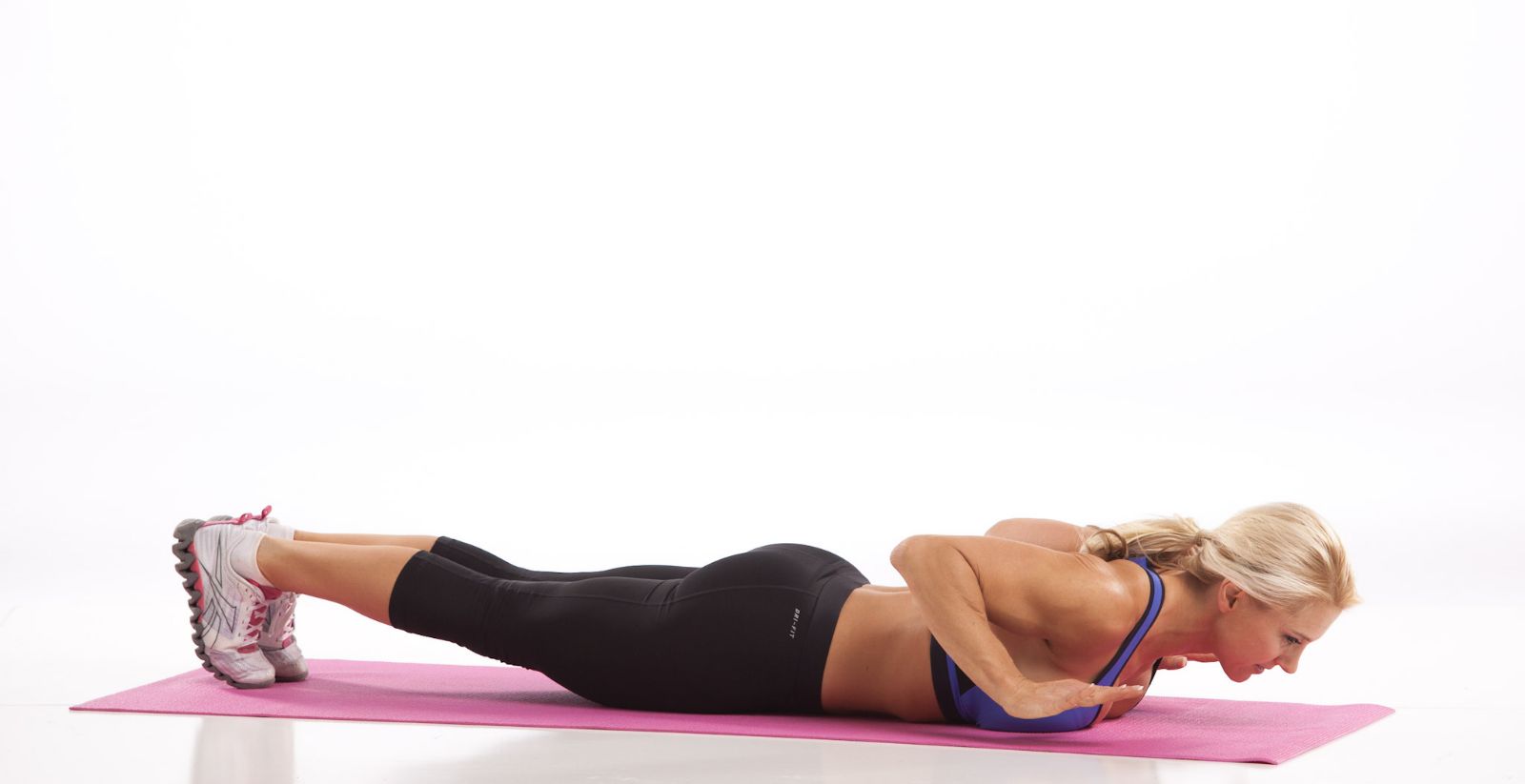
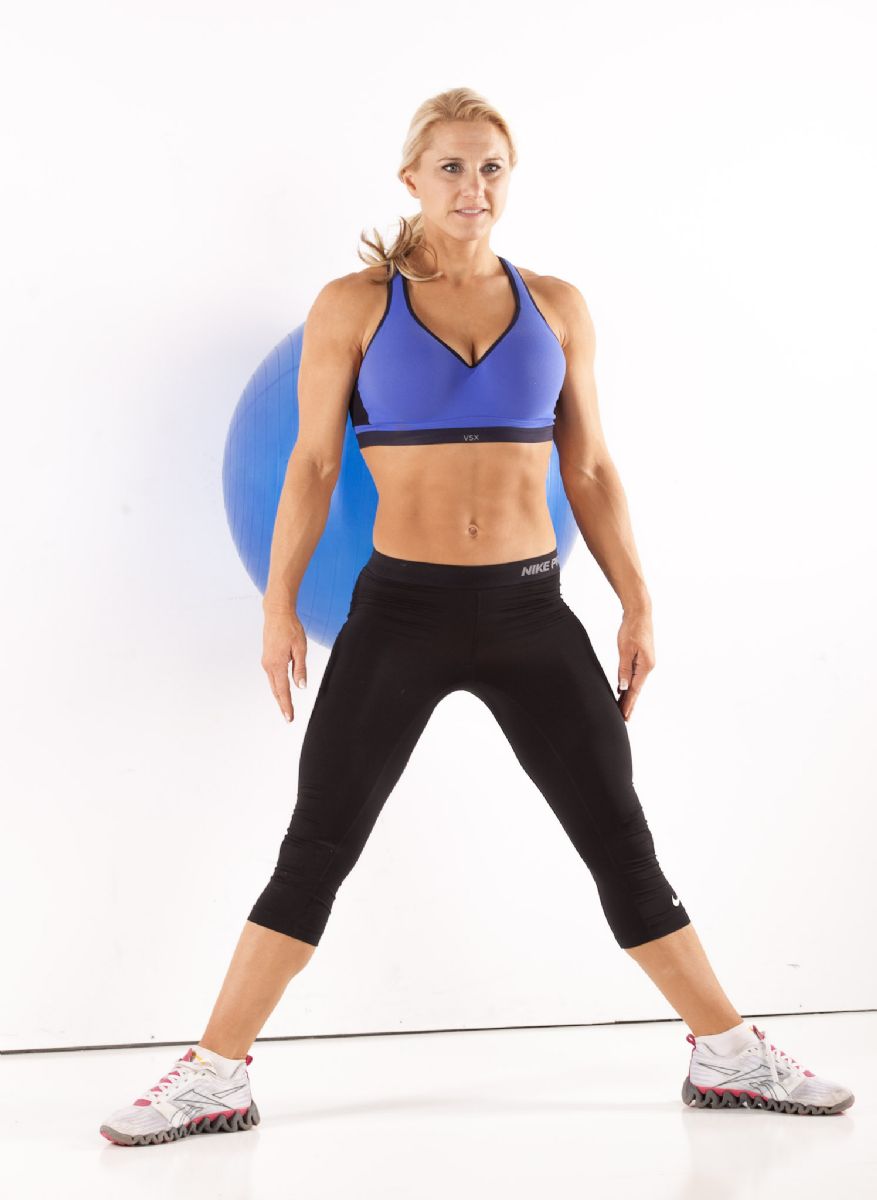
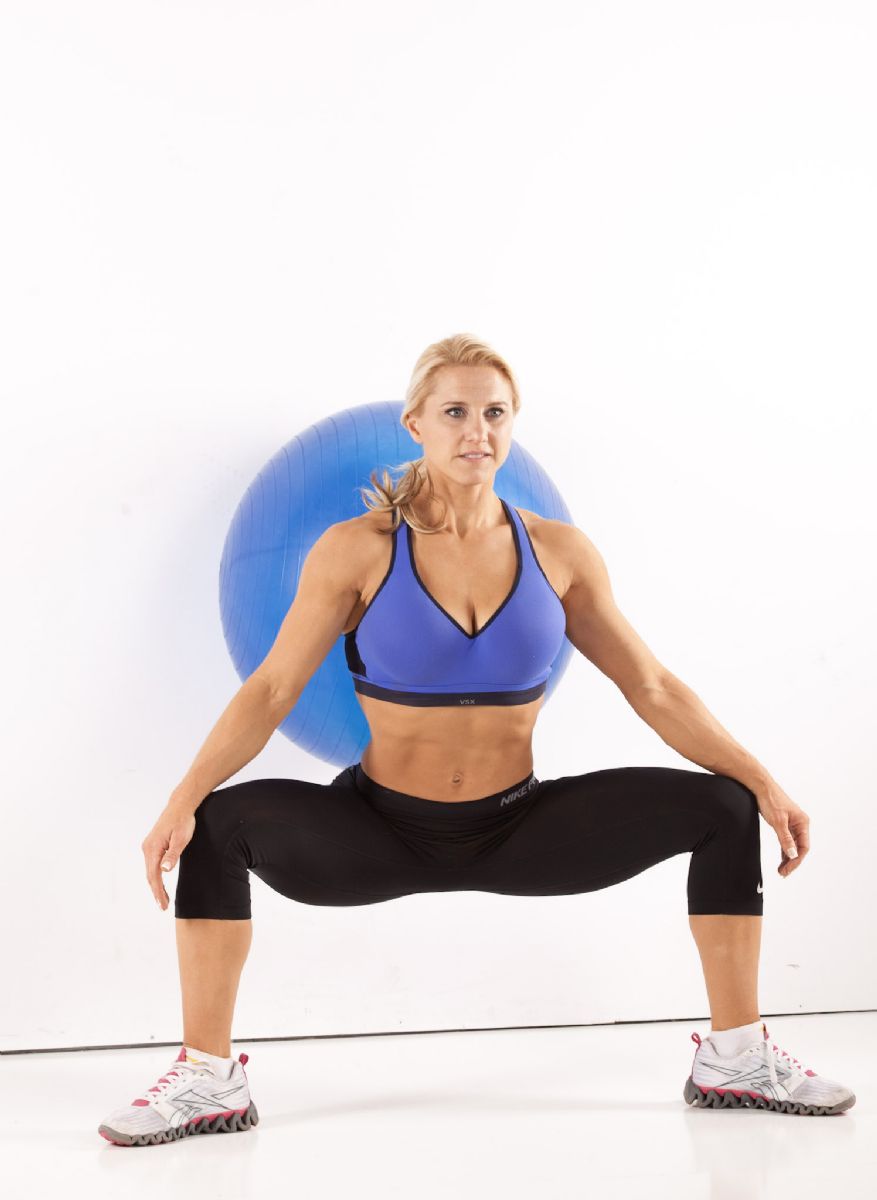
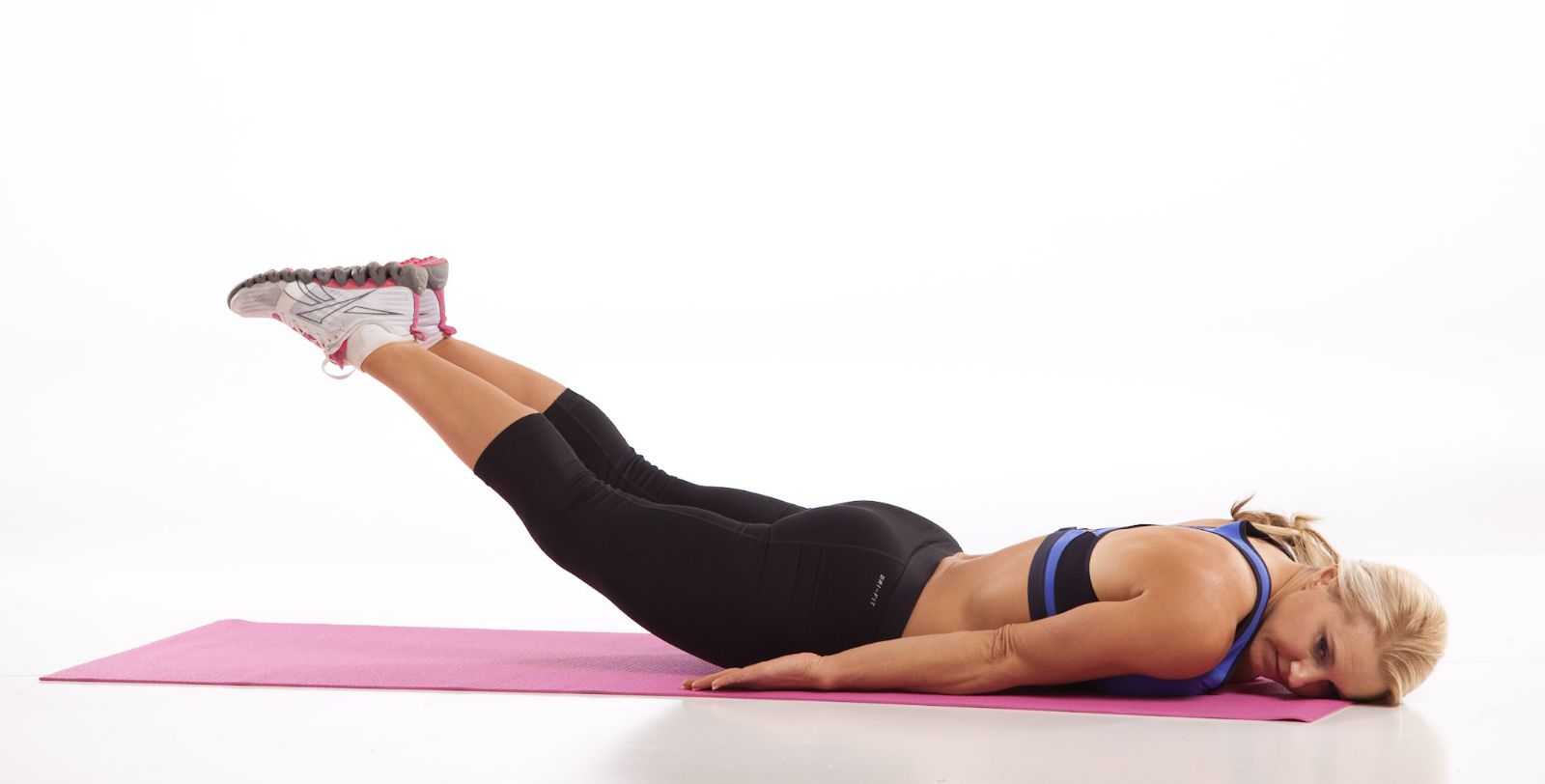
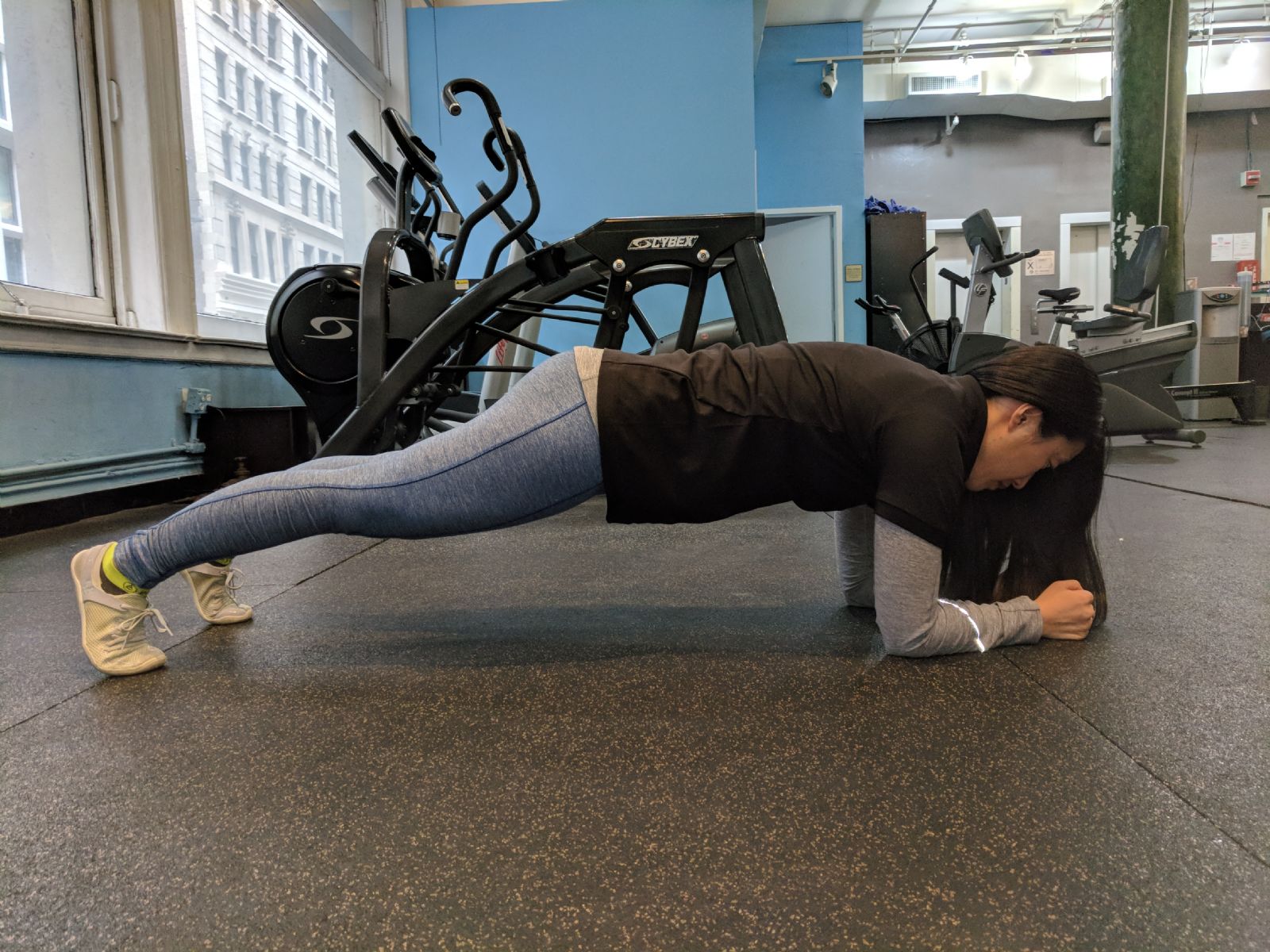
.gif)
